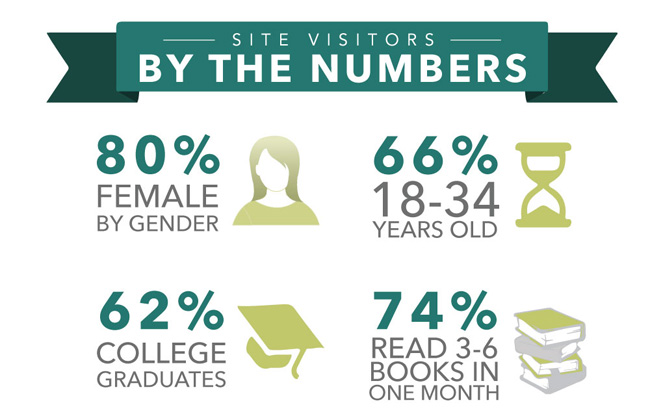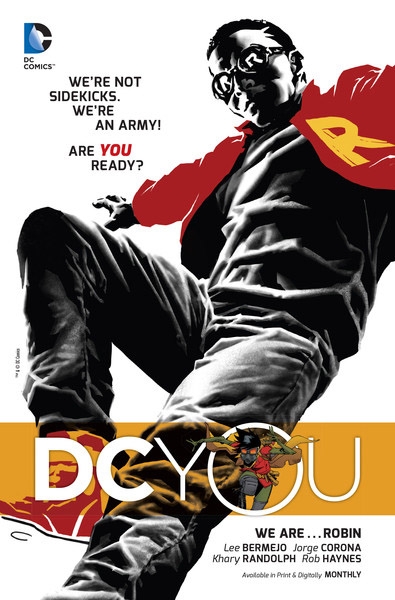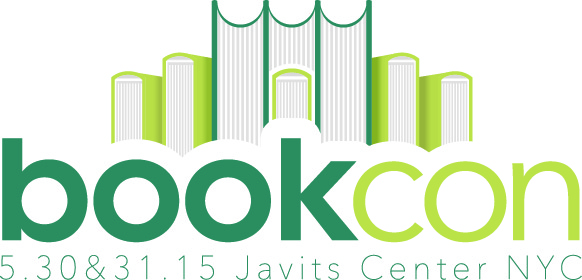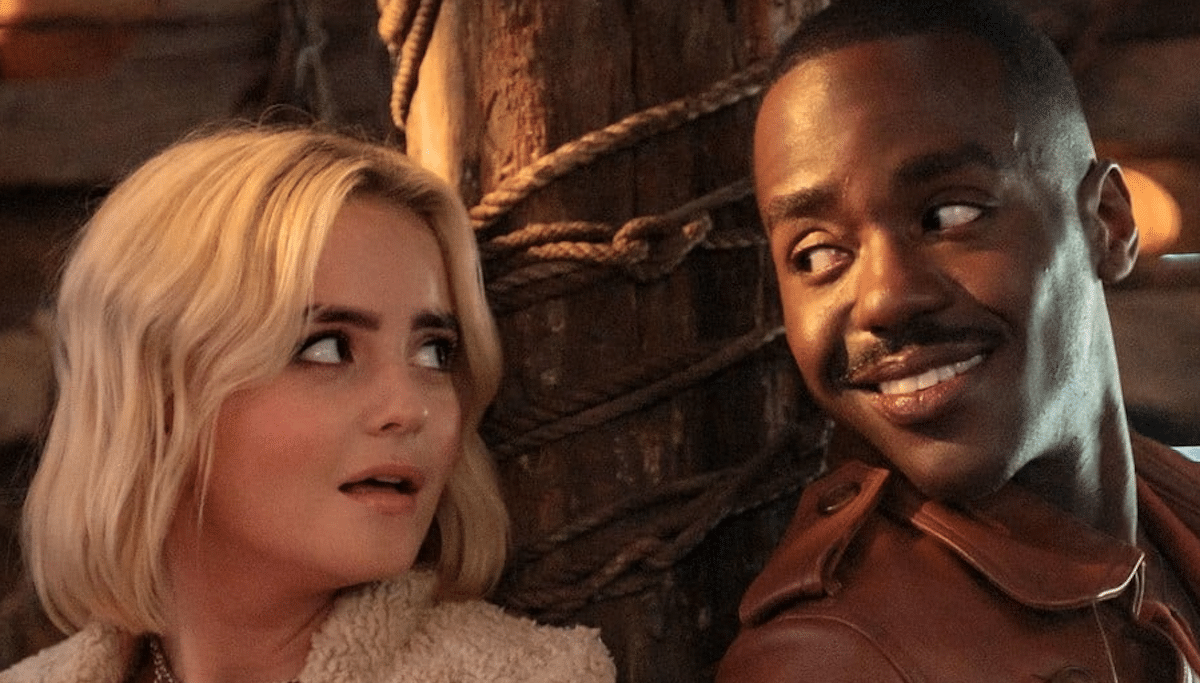Last Saturday, I headed to the NYC Javits Center to spend a day at BookCon 2015, part of a five day publishing industry extravaganza. While I consider myself a convention veteran, having attended New York Comic Con for the past four years, New York Anime Festival when that was a thing, and various other smaller gatherings over the years, I was not prepared to feel as out of my element as I did. Perhaps it was the five hours of sleep I had gotten the night before. Perhaps it was the fact that all the industry professionals were on their fourth day in the trenches while I was on my first. Either way, I discovered BookCon to be a beast of a different species, and through my experience I learned a number of things about the way that cons in general should be run.
Perhaps the most surprising thing about BookCon was that there was room to breathe. Over the last four years, NYCC has gradually become one huge traffic jam. The Javits Center is small relative to the scale of the event, and it can be impossible to move throughout the building. The intersections between aisles are often an immovable mass of posing cosplayers with massive props and more non-specific loiterers. However, at BookCon, I never felt like I needed to dig through flesh to get between booths.
While this difference can be partially attributed to the differences between the cultures of the book community and comics community (not nearly as many cosplayers at BookCon, for one thing), I think the more important factor was that the con was split into two events. BookExpo, which took place on Wednesday-Friday, was reserved for publishing industry professionals and journalists. BookCon was solely meant for consumers. Most cons intermingle these two groups, creating an identity crisis and a crisis of space as journalists block booths for interviews while fans crowd around the same booths looking to purchase exclusives. I think other cons like NYCC and SDCC should consider adopting this system because frankly, the current method of management is inefficient. While all con attendants are fans of the industry, they attend events for different reasons. BookCon/BookExpo recognized this and, by adopting a different system, created a better con experience for all attendants.

More importantly, not only did con attendants had room to breathe– booth runners had room to focus. As I mentioned above, most large comic cons face an identity crisis as booth runners have to alternate between being salesmen and PR representatives on the fly. It’s an exhausting experience for them. They’re on their feet and their communication skills are being tested for four or more days in a row. When I went to BookCon on Saturday as a journalist, I found that most of the people behind the booths were a little tired, which can only be expected on the fourth day of the event. However, they were simultaneously more relaxed, as they were no longer schmoozing or conducting large press events. Interestingly, many professionals had run out of business cards by Saturday and several people told me that they didn’t expect to do any industry PR during BookCon, despite professional/press passes being available for both events. While one could take this as a negative side effect of the audience split, I think it ultimately contributed to a more jovial attitude behind the booths, so I think the effect is ultimately a positive.
On a more comics-specific note, I was happily surprised to see the collaborative nature of Diamond’s comic industry booths. I spoke to Kat Salazar and Corey Murphy of Image, who told me that their company, along with others such as IDW and Valiant, worked with Diamond to create a small pavilion of comics towards the front of the convention hall. At comics focused conventions, the companies feel like competitors with giant monolithic castles surrounded by table-shaped moats. Here, their displays were much more modest and the booth reps seemed like they were having a good time working with one another to represent the industry and the medium as a whole. By the end of Saturday, several of the publishers were running low on book stocks with another day of the show to go. This is the perennial sign of a successful show.

It’s understandable, since they’re still settling into their new offices in Burbank, but the DC You-niverse relaunch began this week and thus overlapped quite nicely with BookCon. This relaunch is one of the best things the company has done in recent years. It highlights progressive books that break house style such as Bat-Mite, Prez, and Black Canary as well as books that do uniquely new things with classic characters like Batgirl, We R Robin, and Greyson. DC is often lambasted for being behind the times, and BookCon would’ve been the perfect opportunity to change that opinion. Perhaps they’ll do so at Special Edition: NYC this weekend.
Although my BookCon 2015 experience was much more brief than those of some of my compatriots like Heidi and Torsten, it was a worthwhile one. I met some great people and discovered an alternative to the unruly management style that SDCC and NYCC currently use. Most important take away: the comics industry continues to expand, and comics are awesome.








San Diego once had a trade show before the convention, back in the mid-90s.
But most of that business occurs during the show, and the only comics-based trade show, the Diamond Retailer Summit, now occurs at other venues.
As for journalists… they were at BookCon as well. (See: Paper Towns) Even at NYCC or CCI, if there’s a public event being held, the press will still show up. But for BEA… there’s not a lot of press attention. You have mega authors, but does the mainstream press cover the show? Thankfully, PBS was there. (C-SPAN had a booth, no truck.)
BookCon isn’t that big yet… about 10K per day. Once it grows, you’ll see the same traffic patterns, but worse, as publishers do more booth events than comics publishers.
Having attended most BEAs since 2002, the Diamond aisle is that way because Diamond Book is the book trade distributor of those publishers. This is very common at trade shows… Perseus, Ingram, Consortium, Norton all group their clients together, to make a better presentation, and to reduce costs.
In 2002, BEA had their first graphic novel pavilion, anchored by a huge (comic-con-sized) booth from DC, which had many big-name creators signing. BEA also used to group other topics together… cooking, travel, bargain, universities, sidelines, kids… they still do that a little (see my color zone map showing China’s outpost), but not as much, as the show is shrinking.
DC did miss an excellent opportunity, given the “We Need Diversity” campaign started at BookCon last year, and considering that they printed a freebie comic for the DC You, as well as numerous other freebies for stores. Add a special URL for the 8-page previews (free online), and really promote the brand! DC, when it was part of Little,Brown distribution, routinely set up a separate booth and promoted their titles. Since joining (Penguin) Random House Publisher Services, they have been invisible at BEA, and barely noticed at ALA (which has a HUGE comics program). I mentioned this in my BookCon post. The many comics publishers at PRHPS need to form a confederation and cosponsor a booth.
Marvel is even worse. (They didn’t even man their booth at the 2002 show in NYC! You know, the one that took place the same weekend as FCBD and Sony’s Spider-Man?) Once or twice, they’ve had a booth and signings (such as when Laurel K. Hamilton launched her comic), but otherwise, bupkis. But they did a great job at this show. (James Patterson, on a comics panel!!!)
From a comic publisher perspective BookCon is pretty much worthless. The split identity and low attendance for a six day show are marks against it. While it’s nice that you could get around easily, what you want from a consumer show is eyes on the booth and people coming to it to buy the things you paid so much to get to the show. The real work publishers are at BEA to do happens during the first four days, where you’re trying to make contact with decision makers in the booktrade and library channels. BookCon isn’t needed for that, but in a world where the booktrade has maybe five real buyers that matter, BEA itself is struggling for relevancy.
Comments are closed.